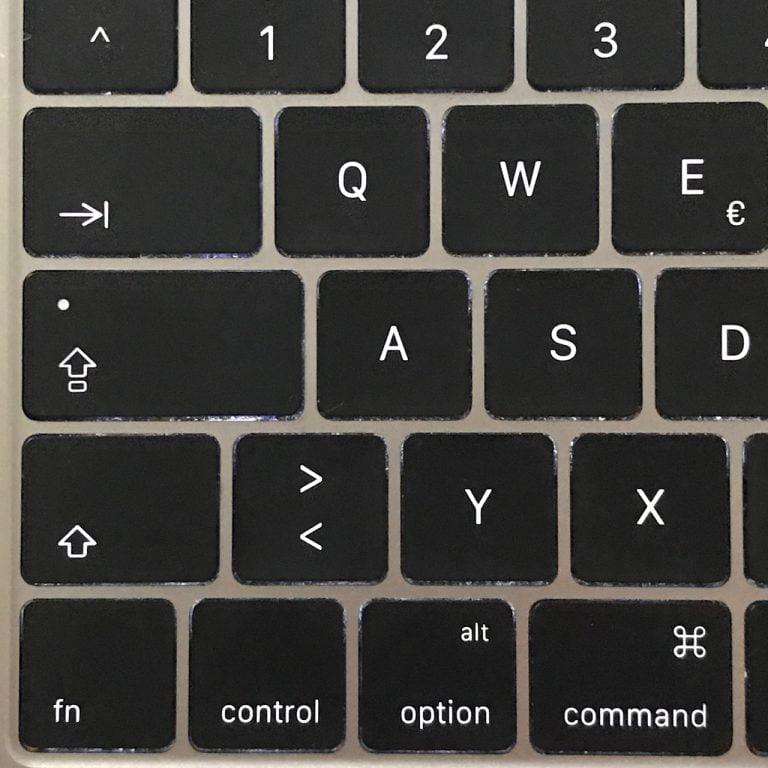
#LOCK YOUR SCREEN MAC PASSWORD#
(Select Lock Screen from the Apple menu to immediately require a password to use the Mac.)Īlternatively, the Command – Control – Q keyboard shortcut also activates Lock Screen. A login screen is immediately displayed Lock Screen doesn’t start your screen saver, nor does it log out of the active account or quit any applications.

#LOCK YOUR SCREEN MAC MAC#
From the Apple menu:ġ) Select the Apple menu while in any applicationĢ) Select “Lock Screen” to instantly lock the Mac screen (see screenshot below). It’s available either from the Apple ( ) menu or with a simple keyboard shortcut. Any movement of the mouse or trackpad, or a press on the keyboard makes a login screen appear and requires the correct password to be entered before the Mac can be used.Īpple added an official Lock Screen feature to macOS High Sierra, making the entire process of locking your screen a lot easier. Now when you place the cursor in the active screen corner, the display goes to sleep. In the example screenshot below, I selected the lower right corner and chose “Put Display to Sleep” as the action when the cursor enters that corner: (Select an active screen corner, then select “Put Display to Sleep” from the pop-up menu.)ĥ) Click OK, then exit System Preferences To do this:ġ) Launch System Preferences, then select “Desktop and Screen Saver”ģ) Click on the Hot Corners button (see screenshot below) (The location of the “Hot Corners…” button on the Desktop & Screen Saver preference pane.)Ĥ) Select one of the four corners of your screen to act as a hot corner for putting your display to sleep. Set up a “Hot Corner” on your screen for putting the display to sleep, which will also lock your screen.Press Control – Shift – Power on Macs that don’t have an Eject key, like MacBooks.Press Control – Shift – Eject on Macs that have an Eject key or an external keyboard.Now when you walk away from the Mac, you can use one of a few methods to lock the screen when you need to take a quick break. Here’s how it was done:ġ) Launch System Preferences from the Dock or by selecting System Preferences from the Apple ( ) menuĢ) Click on “Security and Privacy” and then select the General tabģ) Click the checkbox next to “Require password after sleep or screen saver begins”, and make sure that “immediately” or “5 seconds” is selected from the drop-down menu as the time interval before the password is required (see screenshot below): (Click the checkbox next to “Require password” and select “immediately” or “5 seconds” as the time interval.) With macOS 10.12 Sierra and earlier versions of the Mac operating system, enabling the lock screen ability required setup by the user. In today’s Quick Tip, I’ll show you how the “old method” of enabling an instantaneous lock screen worked and how macOS 10.13 High Sierra makes it even easier to lock your Mac’s screen. Doing this can keep someone from just walking up to your Mac and looking at (or copying) your private files while you’ve walked away for a restroom break or to grab another cup of coffee. By locking the screen, I mean that anyone walking up to the Mac is required to enter the correct password to use it.


The Rocket Yard is the place to be for tips and hints about security, but one simple security tip that many people forget about is just making sure that your Mac screen is locked if you’re away from the computer for even just a few minutes.


 0 kommentar(er)
0 kommentar(er)
